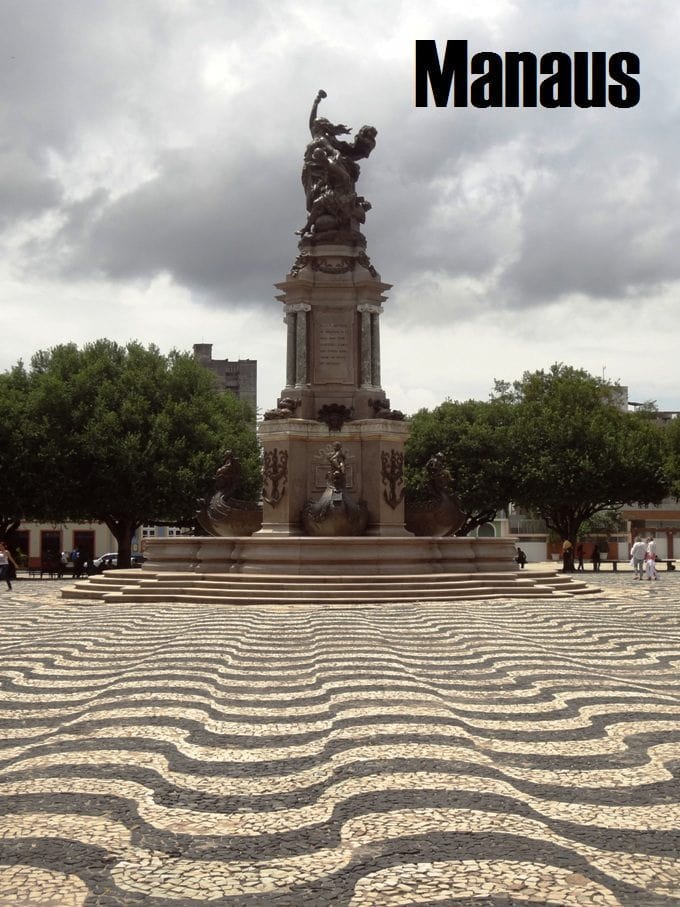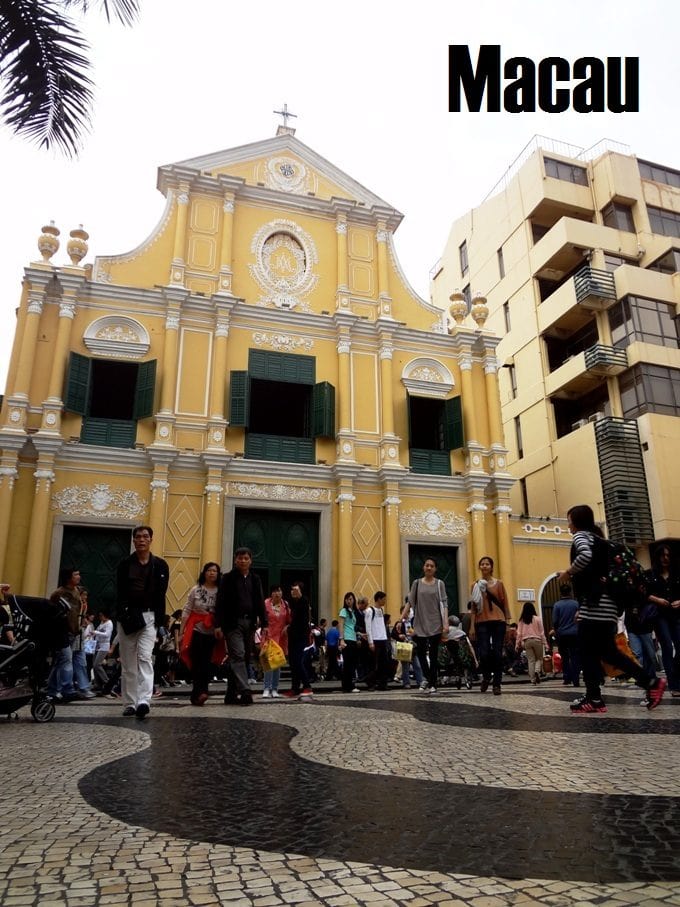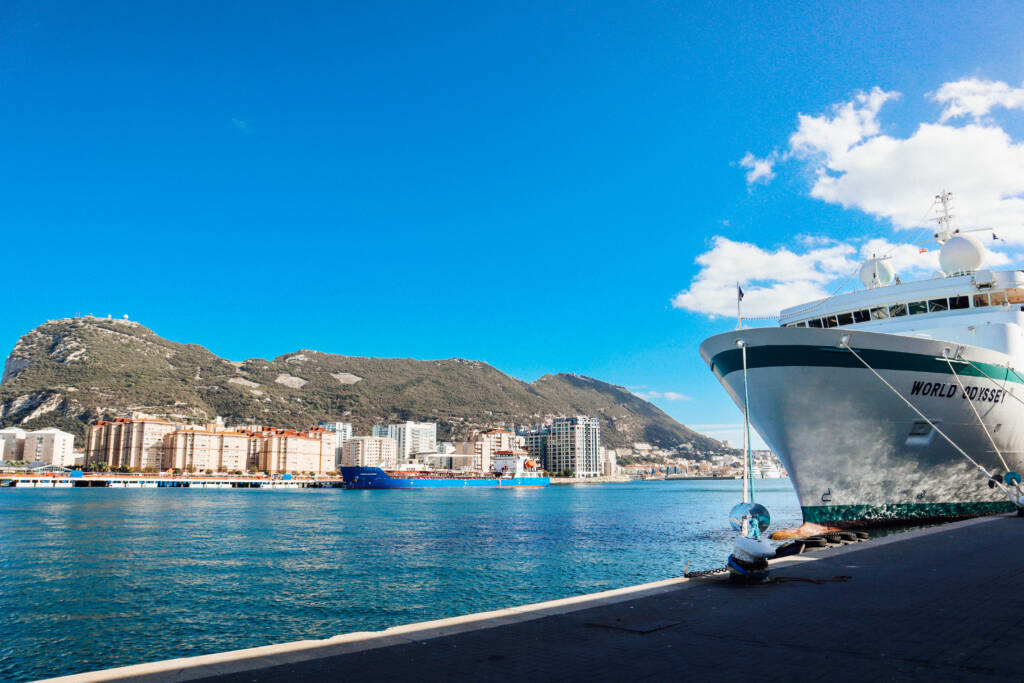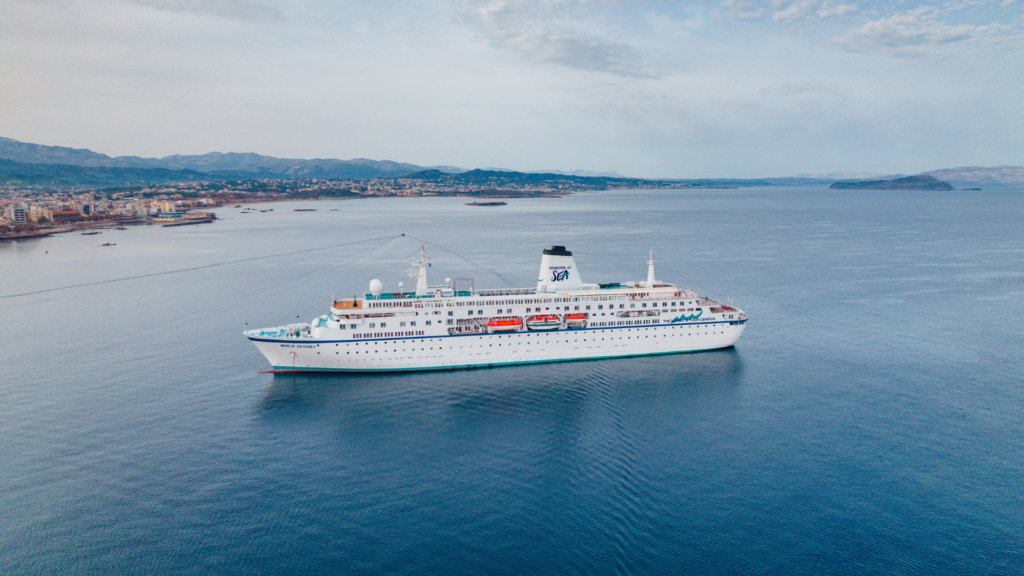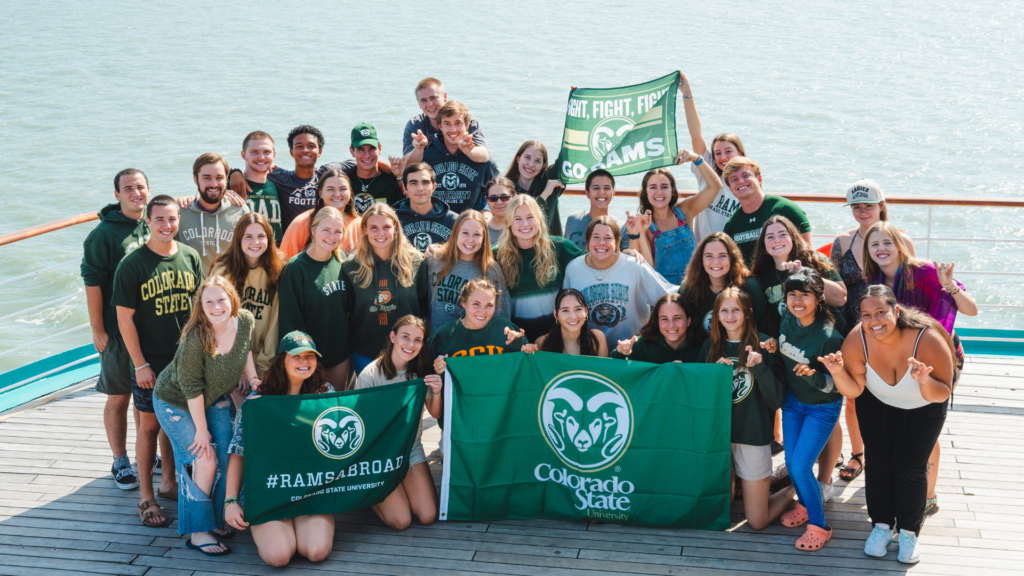While walking around in the former Portuguese colony of Macau, art history students strolled into a perfect example of class material. The wavy black-and-white bricks that dominated the city center in Manaus, Brazil reappeared in nearly identical format in the main square of Macau. Students in Dr. Nancy Wilkinson’s “East Meets West” class were, in essence, floored.
The “East Meets West” course is one part art and one part history. “The purpose,” according to Wilkinson, “is identifying how cultural ideas move from one country to another, focusing on art.” The wavy brick design in both Manaus and Macau, reminiscent of the rolling ocean, is an in-your-face example of art history in action.
How did an Amazonian metropolis and an Asian shipping center end up with the same stylized sidewalks on opposites sides of the world? The answer rests with the Portuguese Empire and their rich maritime history. “The Portuguese to me are just amazing because this little tiny country suddenly had the audacity to go out into the ocean,” Wilkinson explained. Portuguese spice merchants set out to find sea routes to Asia, staking numerous claims to exploratory fame along the way. The Portuguese were the first Europeans to travel around Africa and also the first westerners to arrive in India, actually landing in the SAS port city of Kochi. At the end of the line, Portuguese sailors finally landed in East Asia, receiving Macau as a thank-you gift from China after cleaning up the waters from Japanese pirates. “Less than 100 years after setting off from Portugal, they owned Macau, which is on the other side of the world,” Wilkinson explained. “I just think it’s amazing.”
Although Wilkinson teaches the same course back at Oklahoma State University, the experience of following trade routes around the world has benefited her art history class immensely. “It’s so different here because of the itinerary,” she explained. “I saw the itinerary and I thought ‘this will be perfect,’ because the culture follows the trade.” Examples of Portuguese art and architecture have emerged throughout the voyage, including the Elmina slave castles, which SAS students visited in Ghana (see above), and St. Francis Church in Kochi, India (see below), where famous Portuguese explorer Vasco de Gama is buried.
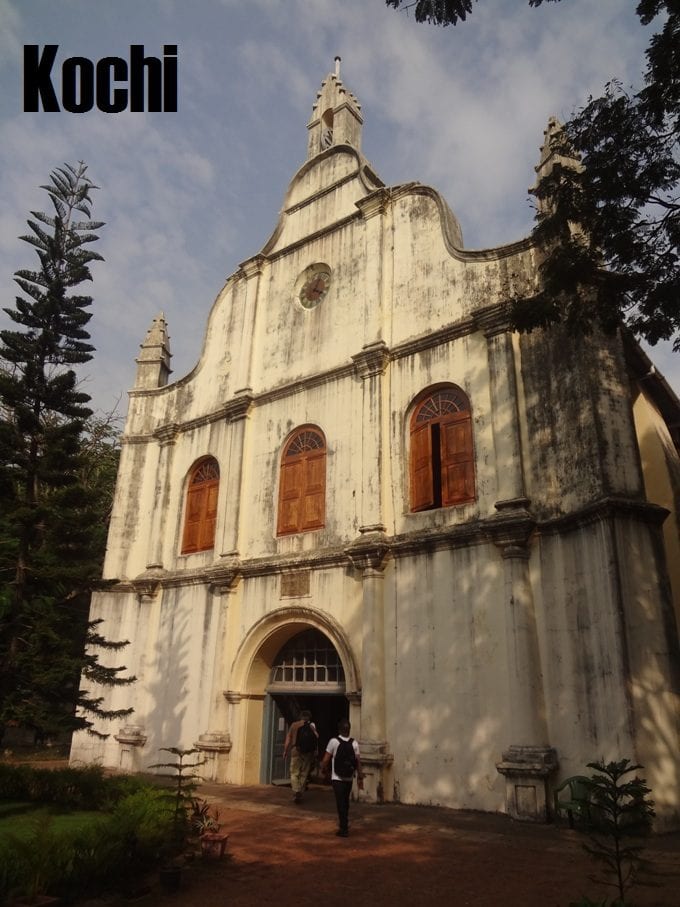 “It’s been really fun to talk about things in class and then go out and see it,” Wilkinson said of the Semester at Sea experience. “Kochi just amazed me. I had my students read a number of diaries of people who had been there, such as a Jewish trader from the 12th century and a Muslim trader who wrote a journal in the 14th century. They all went to Kochi, talked about Kochi, and then we went to the Kochi. We visited the Jewish synagogue and we already knew how early the Jewish community had been there.”
“It’s been really fun to talk about things in class and then go out and see it,” Wilkinson said of the Semester at Sea experience. “Kochi just amazed me. I had my students read a number of diaries of people who had been there, such as a Jewish trader from the 12th century and a Muslim trader who wrote a journal in the 14th century. They all went to Kochi, talked about Kochi, and then we went to the Kochi. We visited the Jewish synagogue and we already knew how early the Jewish community had been there.”
As the MV Explorer traces through former trade routes, art history students are getting a first-hand look at the Portuguese thread that connects Ghana to India and Manaus to Macau. Few travelers have visited both central Brazil and coastal China to see the eerie similarities shared by both Manaus and Macau, but it’s exactly what you’d expect from the ultimate experiential education program.
Click here to learn the history of the Teatro Amazonas at the center of Manaus.
Click here to discover more about the art and architecture of India.
Click here to read Nancy Wilkinson’s bio.
Click here to see the Spring 2012 itinerary around the world.
